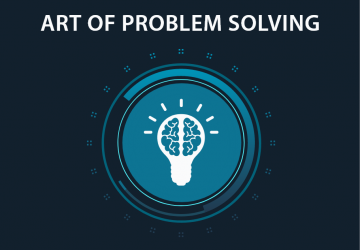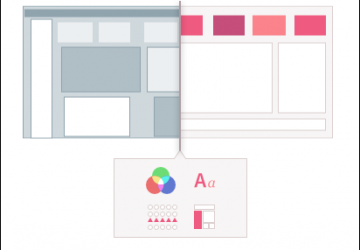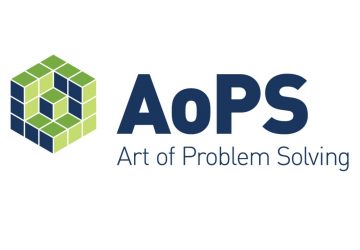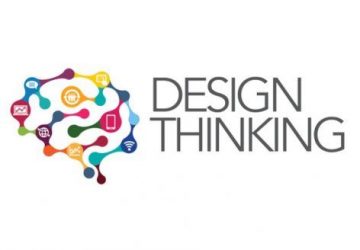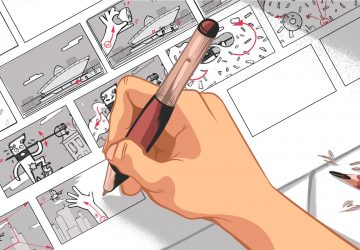AoPS(Art of problem solving) is a combination of frameworks, habits, and applications working in unison and thereby, helping organizations adapt a completely new outlook towards analytical problem solving
muDesign aims to bring craftsmanship in dashboards by teaching fundamentals of UI design, introducing techniques to improve dashboard components and pointing out the common mistakes made using a real usecase.
This course is a complete guide to designing apps in Photoshop & Adobe XD, to run Android apps on Mac OS, use of icons and typefaces, adding colors, etc. At the end of the course, learners will also be able to design mobile apps and create interactive prototypes for mobile apps without any coding.
User Experience Design: Level 02 course focuses on the UXD tool, Adobe XD. Adobe XD is a vector-based user experience design tool for web apps and mobile apps, developed and published by Adobe Inc it is also very compatible with the Adobe Creative Cloud (Adobe CC suite). The course, further focuses on using Adobe XD to build user interfaces which are elegant and simple, by building a website and a mobile app in addition to working with other Adobe CC suite tools.
User experience design (UXD, UED, or XD) is the process of enhancing user satisfaction with a product by improving the usability, accessibility, and desirability provided in the interaction with a product. User experience design encompasses traditional human–computer interaction (HCI) design and extends it by addressing all aspects of a product or service as perceived by users. Experience design (XD) is the practice of designing products, processes, services, events, omnichannel journeys, and environments with a focus placed on the quality of the user experience and culturally relevant solutions. Experience design is driven by cross-discipline perspective that considers multiple aspects of the brand/ business/ environment/ experience from product, packaging and retail environment to the clothing and attitude of employees.
Available
Design thinking is the cognitive, strategic and practical processes by which design concepts (proposals for new products, buildings, machines, etc.) are developed by designers and/or design teams. Many of the key concepts and aspects of design thinking have been identified through studies, across different design domains, of design cognition and design activity in both laboratory and natural contexts. It is also associated with prescriptions for the innovation of products and services within business and social contexts. Some of these prescriptions have been criticized for oversimplifying the design process and trivializing the role of technical knowledge and skills. Design thinking encompasses processes such as context analysis, problem finding and framing, ideation and solution generating, creative thinking, sketching and drawing, modelling and prototyping, testing and evaluating.
Story-boarding as we know today, may have been pioneered by film-makers and animators, but we can nevertheless utilize many (if not all) of the concepts in the development of other forms of story-telling and presentations. The story-board process allows to flesh out themes and look for patterns as one applies creativity toward presenting content in a structured yet engaging way. Story-boarding is a great way to begin visualizing the story of your content.


